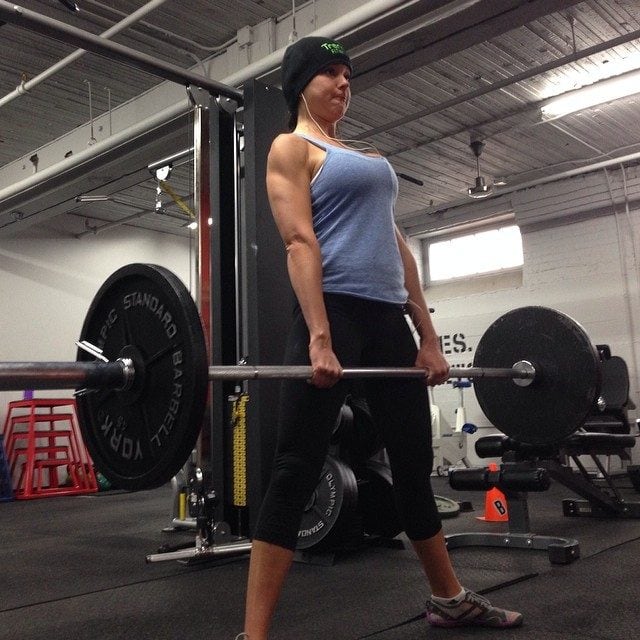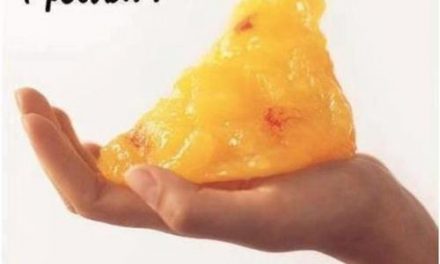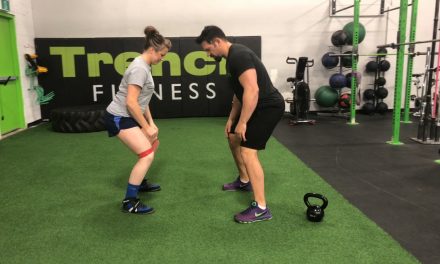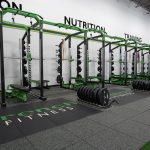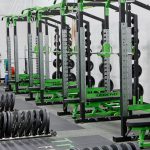I’ll never forget the overwheliming exhilaration I felt when I performed my first deadlift lock out. I hopped off the platform and looked around the crowded gym thinking, “Did anyone see that?!”. Never in my life had I thought that I would be able to do a heavy deadlift; in fact it was one of those “I wonder if I can do this” moments that led me to that first epic achievement. After reviewing the judges feedback from my 2009 figure competition, I made a commitment to getting stronger. And so, armed with the realization that I could in fact ‘grow a booty’, my obsession with deadlifts began. That was 2009.
That same year, I set a (longterm) goal to deadlift 300lbs. For the past two and half years I have had quite the deadlift journey as I’ve experimented, practiced, failed and succeeded. I am by no means a natural bootylicious babe, but I’ve come a long way on my personal journey and have helped a lot of women achieve their personal deadlift goals. Girls can do deadlifts, and we can do them well. Not to mention we look damn good doing them.
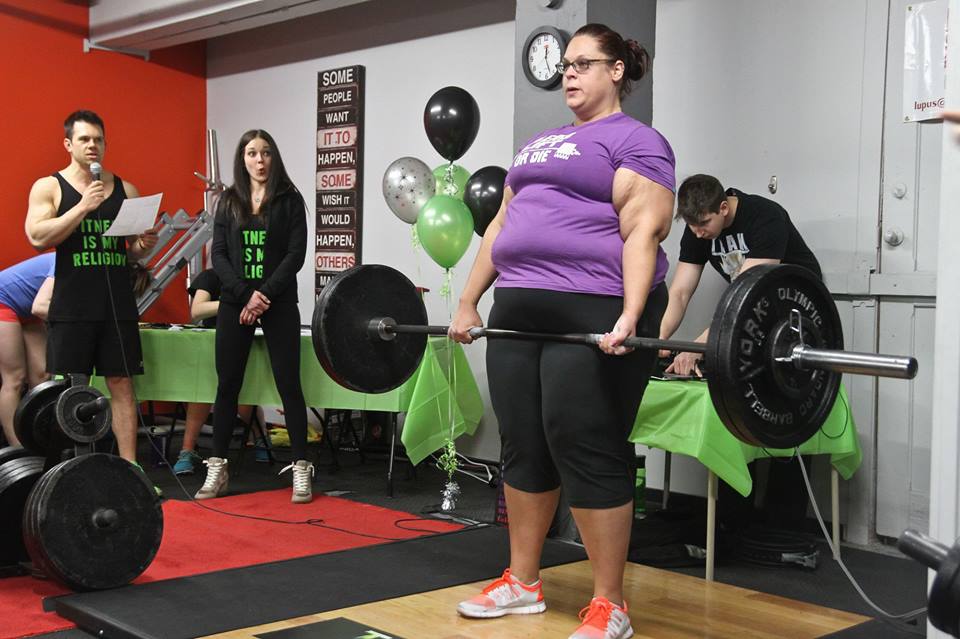
But, because my training age with the deadlift was fairly young, and I saw rapid gains in the first year, I was devastated when my progress came to a screeching halt. From July 2012 to September 2013, my 1RM deadlift had not budged one bit. It was unbelievably demoralizing. “Why do I suck at deadlifting now?!”. I had to pull myself (pun intended) out of this dark hole of regression and defeat.
1. I stopped telling myself I sucked at deadlifts. This might be the most important step in the entire process. The mental energy I spent beating myself up should have been spent pumping myself up. Because I convinced myself that I sucked, I would approach the bar with dread just about every time. And when things didn’t go my way I was visibly perturbed. Perception is a powerful thing. Once I perceived my lack of progress as a normal roadblock that would be moved with time, I started making progress again. Perhaps I was always making progress, in the subtlest of ways, but could never see it because I was so consumed by the numbers. I realized then that it wasn’t my deadlifts that sucked-it was my attitude. Now, I get excited to do deadlifts! I seriously cannot wait to grab the bar and that excitement and positive energy has propelled me further towards my goal.
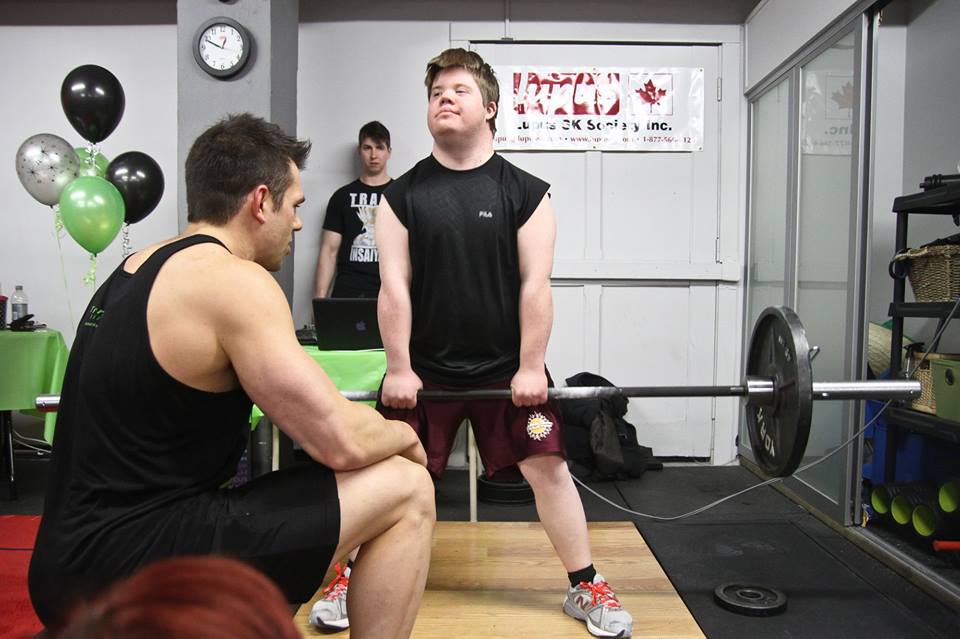
2. I stopped going to failure. Why I thought I could get strong by constantly failing is beyond me. Strength is about skill and practice, not constantly exerting 100% effort. The most experienced lifters reserve their max effort for competition. I read something recently that Dan John said: Train heavy not hard. Just because you are aiming to move weight that is heavy relative to your strength and skill level, does not mean it should be hard. Whenever you see someone do something physically impressive doesn’t it just look effortless? That’s what I began to strive for-effortless strength. Now I stay just below my max effort, and I am making huge gains. If I feel like I might be able to eek out one more rep, I stop. If I feel like I could pull 285lbs and barely clear the bar, I pull a smooth 270lbs. I stop before I fail because I don’t want to practice failure. In PT sessions with clients we call this “No ugly reps.”
3. I started doing more deadlifts. Strength is a skill, remember? Mastery of any skill requires thousands of hours of practice. I was doing deadlifts once per week, and sometimes twice if I was lucky. I had this worry that if I did them too often, I would overtrain and under recover, hence stalling my desired progress. I’m not really sure how I thought I could possibly master something by only doing it once a week for a typical max of 15 total reps. So, Monkey programmed deadlifts 3 times a week, Monday/Wednesday/Friday and varied the intensity, load and volume. This way I get more practice, more deadliftss and as a result, more progress.
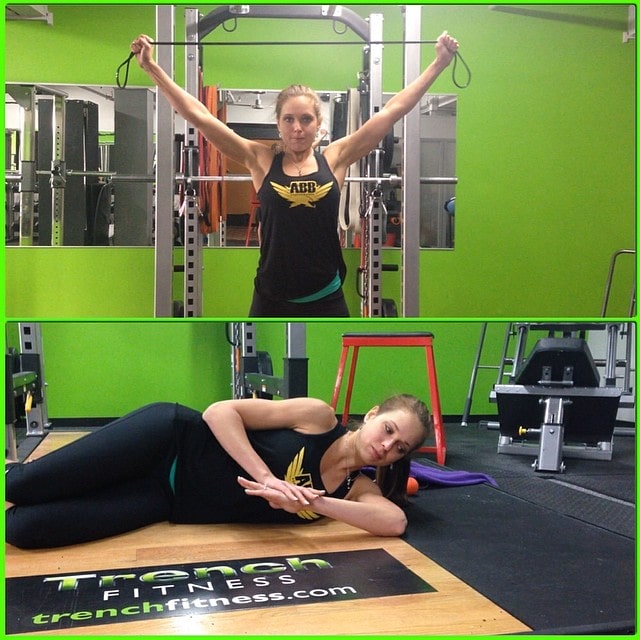
4. I found tension. Tension in a strict deadlift is an integral component of a solid pull. Think about the difference between carrying a toddler who is awake (body is rigid) and a toddler who is asleep (body is limp). Those of us who have ever had to move a sleeping child from the car seat to the house know that a limp body is much more difficult to carry. Every time I would grab the bar I had the same ritual: grip the bar, load my hamstrings, lock my feet, inhale, exhale, pull. Yet inevitably, as the weights got heavier the increased anterior load kept forcing me to lose tension in my midsection. I started realizing that when I focused on pushing my knees out against my legs, I was much more capable of maintaining tension and subsequently pulling some real weight.
5. I started doing assistance exercises. Just like the lack of tension I was experiencing on heavy pulls, there were other energy leaks that were inhibiting my ability to make progress. In an effort to uncover these leaks, I started experimenting with various assistance exercises. What I discovered was a significant dysfunction in my adductors, as well as a noticeable weakness in my hamstrings. One of my favorite assistance exercises to increase my deadlift strength is a banded knees paused rep box squats. What I do is, tie a band just above the knee joint, and perform a few solid sets (focusing on pushing my knees out). These are a heck of a lot harder than they look, but have allowed me to assess and dissect my deadlift groove, and have had a serious impact on my connectivity during heavy pulls.
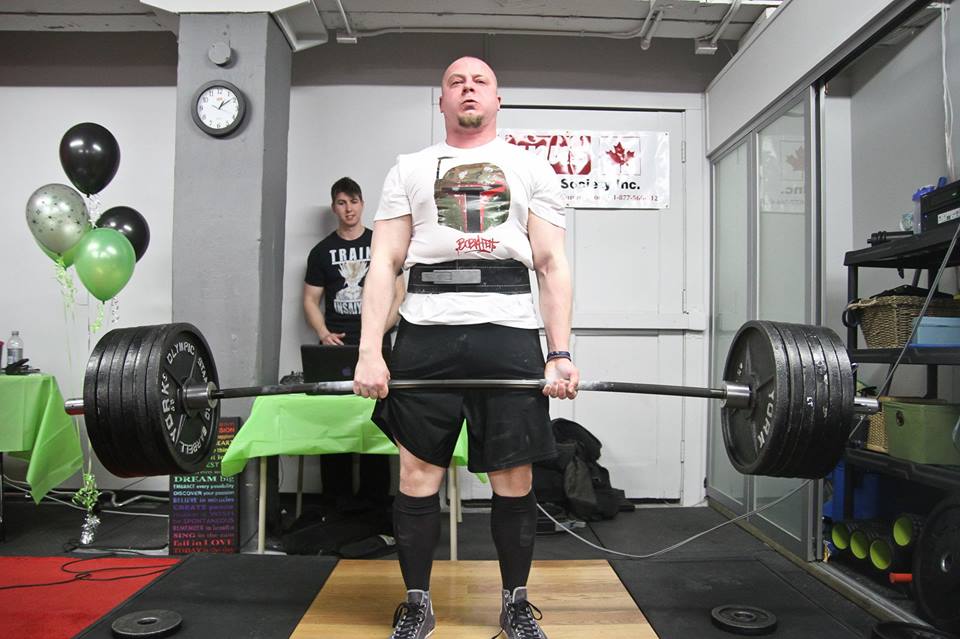
5. I found a guru.“What is a teacher? I’ll tell you: it isn’t someone who teaches something, but someone who inspires the student to give their best in order to discover what they already know.” Paulo Coelho – One of the biggest limiting factors I have seen in weight room progression is ignorance. The inability to ask for help is such a detriment. At Trench we have been blessed to find Denis LaBreche. Denis is the most hard working, loyal, intelligent and compassionate people I have met to date. All it took was a few tweaks from the guru and the weight started moving again. Its funny, how inspirational and influential ‘behind the scenes’ people are. After I became comfortable with my pull I practiced at the gym whenever I had some alone time. After a few weeks it clicked. The icing on the cupcake was weeks later, at the gym, the guru saw me lifting and commented on how much I had improved (tear)… At that moment I fell in love with deadlifting again. I no longer sucked at the lift that I had such a vengeance with. Thank you guru.
This is what worked for me, it may not work for you, and unfortunately at this time, Denis is not taking on new clientele. Try following the above tips, and who knows, maybe it will keep you from sucking at deadlifting or sucking at lifting in general too.
With love from the Trench Kitchen,
xoxoErika♥

